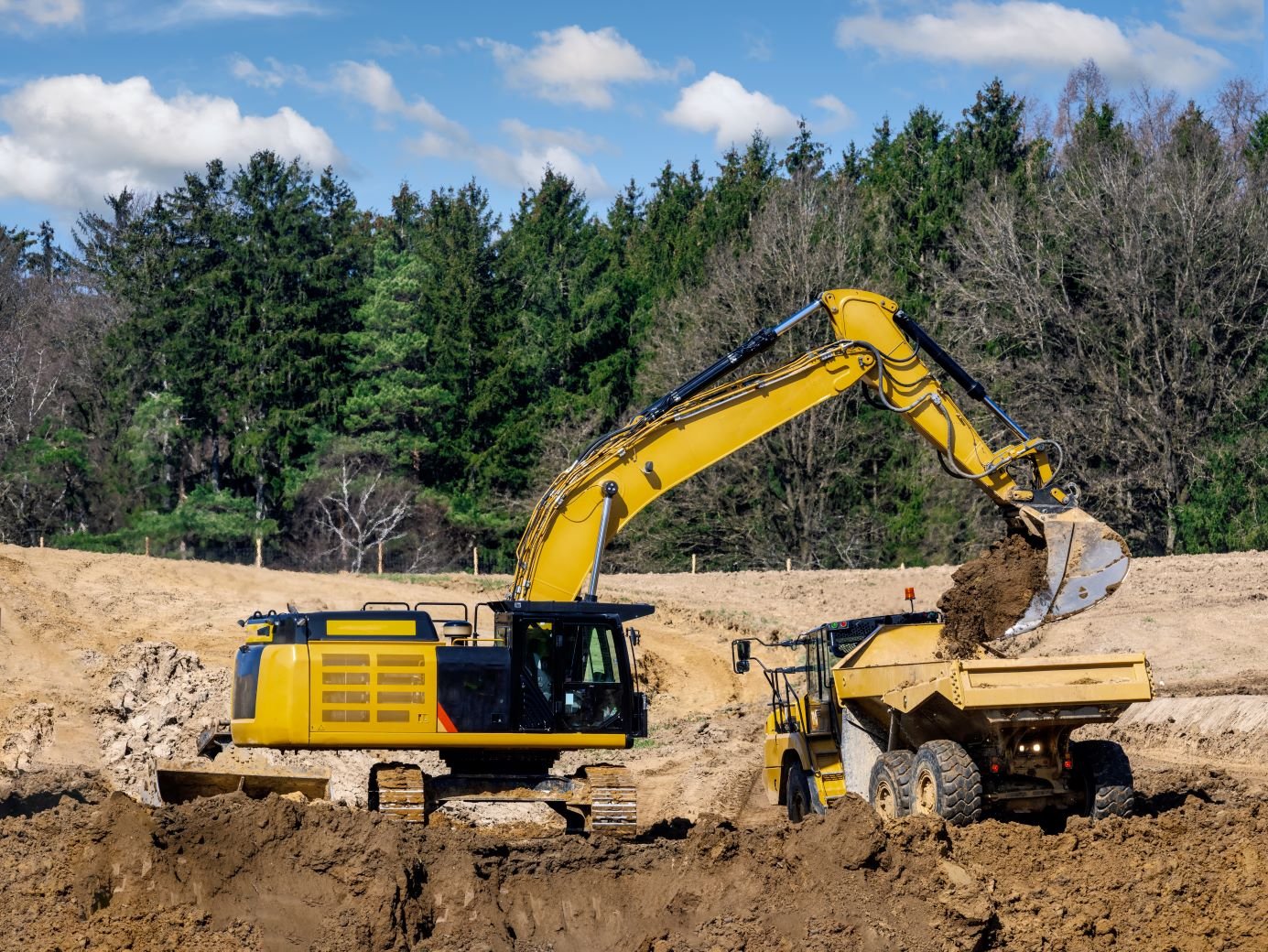
Excavation quantity takeoff is a foundational aspect of any construction project that involves earthwork. Whether you’re clearing land, digging foundations, or grading surfaces, accurate quantity takeoff ensures you have the right materials, equipment, and budget to get the job done. But what exactly is excavation quantity takeoff, and why is it so important?
What Is Excavation Quantity Takeoff?
Excavation quantity takeoff is the process of calculating the volume of soil, rock, or other materials that need to be moved during an excavation project. This calculation is essential for accurate project planning, cost estimation, and resource allocation. It’s not just about digging a hole; it’s about understanding how much material is coming out of that hole.
Why Accurate Excavation Quantity Takeoff Matters
Accurate excavation quantity takeoff impacts project success in several ways. Knowing the exact volume of materials prevents overordering or underordering, which directly affects your budget. It also ensures efficient planning by helping you schedule the right equipment and workforce.
Moreover, precise quantity takeoff provides reliable estimates for project bids, reducing the risk of financial loss. Regulatory compliance is another critical benefit, ensuring that the excavation process meets local and state regulations.
Key Components of Excavation Quantity Takeoff
To perform an accurate quantity takeoff, you must account for several factors. Understanding the project scope is the first step, defining the boundaries of the excavation area. Soil types play a significant role as different soils require different excavation methods and equipment.
Depth and volume calculations are the core of the takeoff process. These calculations determine the cubic yardage of material that must be removed or relocated. Additionally, identifying material types—such as rock, soil, gravel, or any other materials—is essential for precise planning.
Methods for Calculating Excavation Quantity
- Manual Calculation: Use basic geometry and measurement tools to calculate volume. This method is best for smaller projects.
- Digital Takeoff Software: Software like Bluebeam or PlanSwift can automate calculations for faster, more accurate results.
- Drone Surveys: For large-scale projects, drone surveys provide high-precision mapping of the excavation area.
Best Practices for Accurate Quantity Takeoff
To maintain accuracy, always verify site conditions by double-checking measurements on-site before finalizing estimates. Use multiple calculation methods to ensure consistency, cross-referencing manual and digital results.
Regularly update your takeoff calculations as the project scope changes, and leverage the latest digital tools to streamline the process.
Common Mistakes to Avoid
Avoiding common mistakes is key to maintaining accurate takeoff results. Ignoring soil variability can lead to inaccurate calculations and unexpected costs. Not accounting for waste is another critical error—always include a percentage for waste and unexpected material removal.
Overlooking site changes is also a frequent mistake. Construction sites are dynamic, and your quantity takeoff should reflect any adjustments in real time.
Conclusion
Excavation quantity takeoff is the backbone of accurate project planning in earthwork and excavation projects. By mastering this process, you can maintain cost control, stay on schedule, and avoid costly mistakes. Whether you’re using traditional methods or cutting-edge technology, accurate takeoff is a skill every contractor should master. For more expert insights on excavation and construction planning, explore our detailed guide on earthwork estimating techniques.





